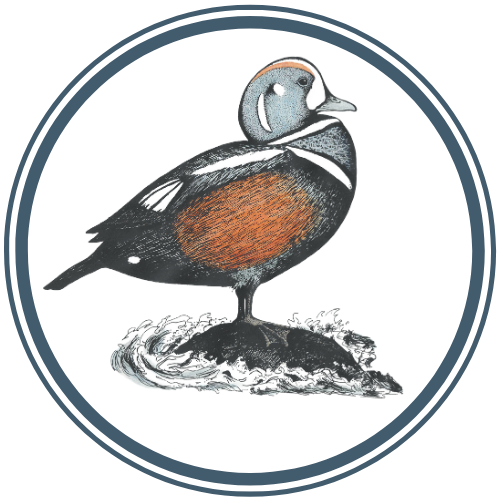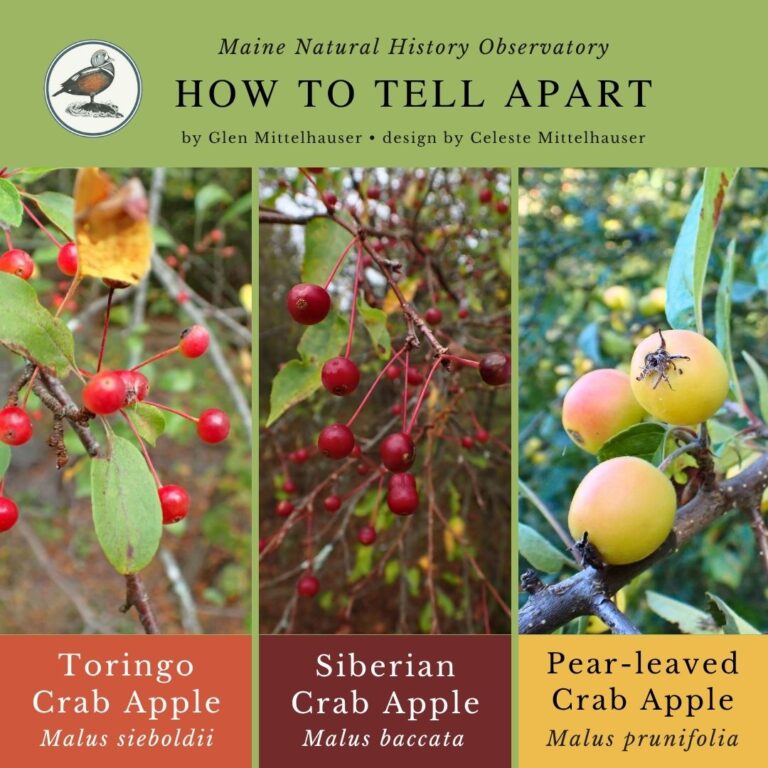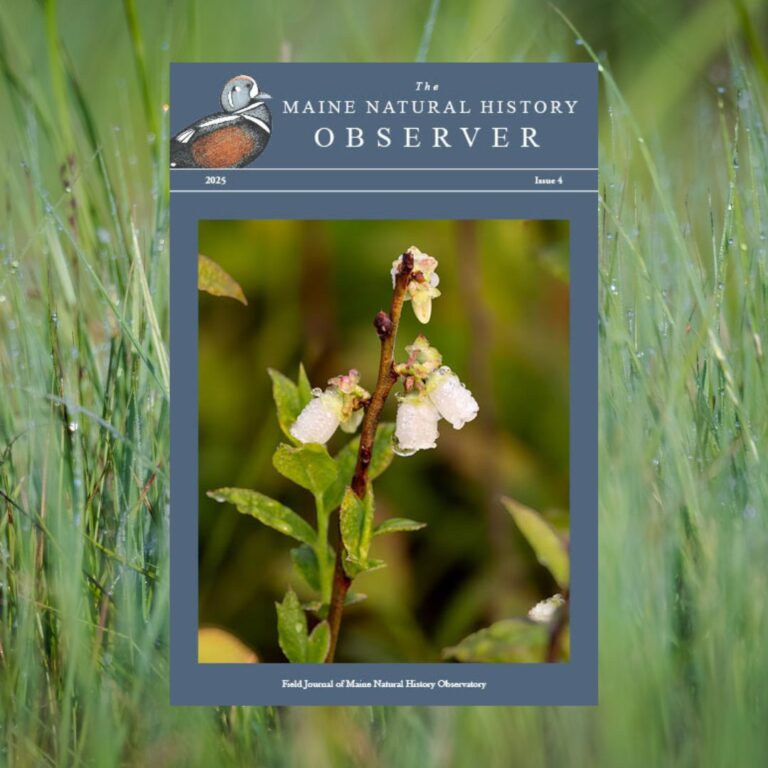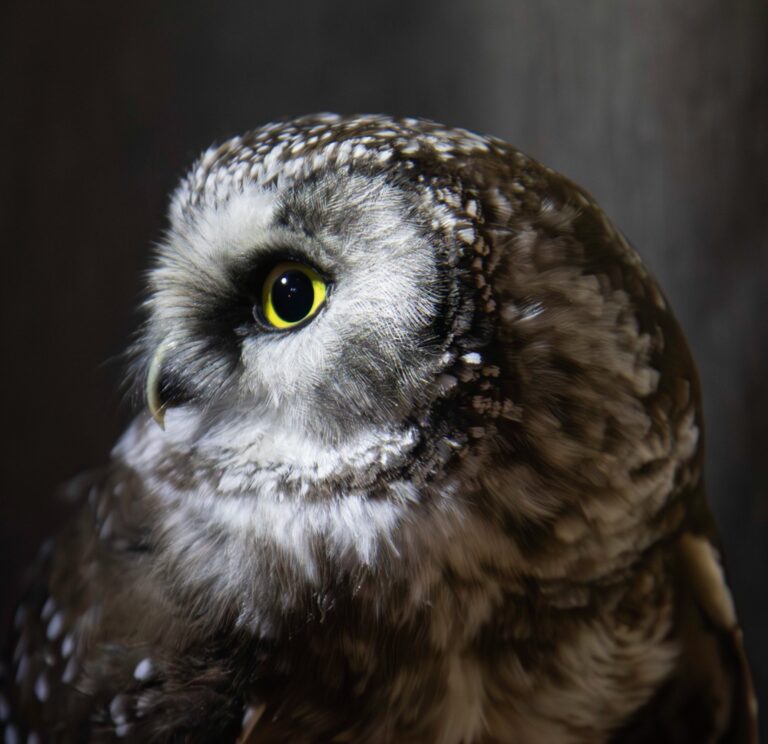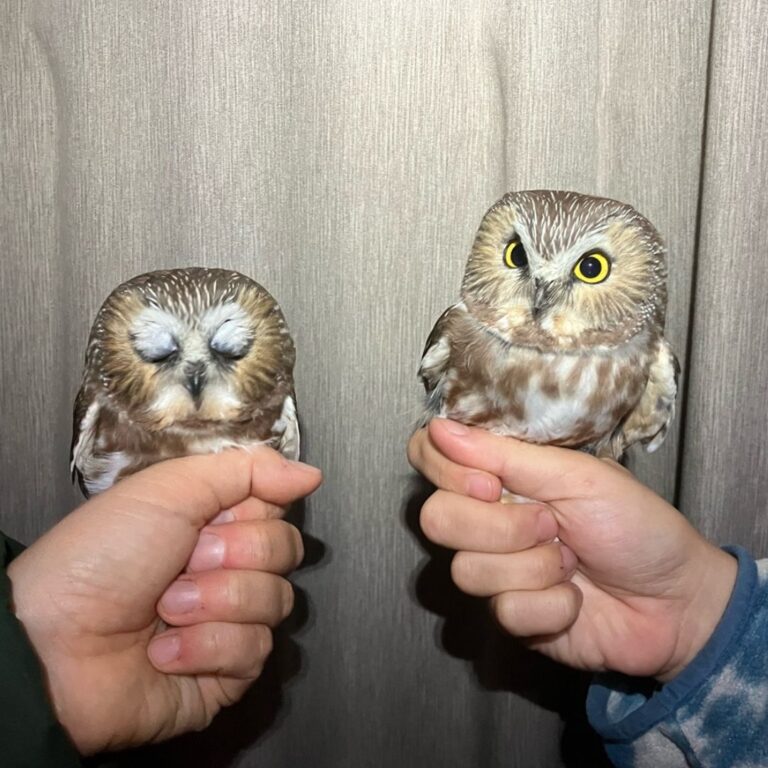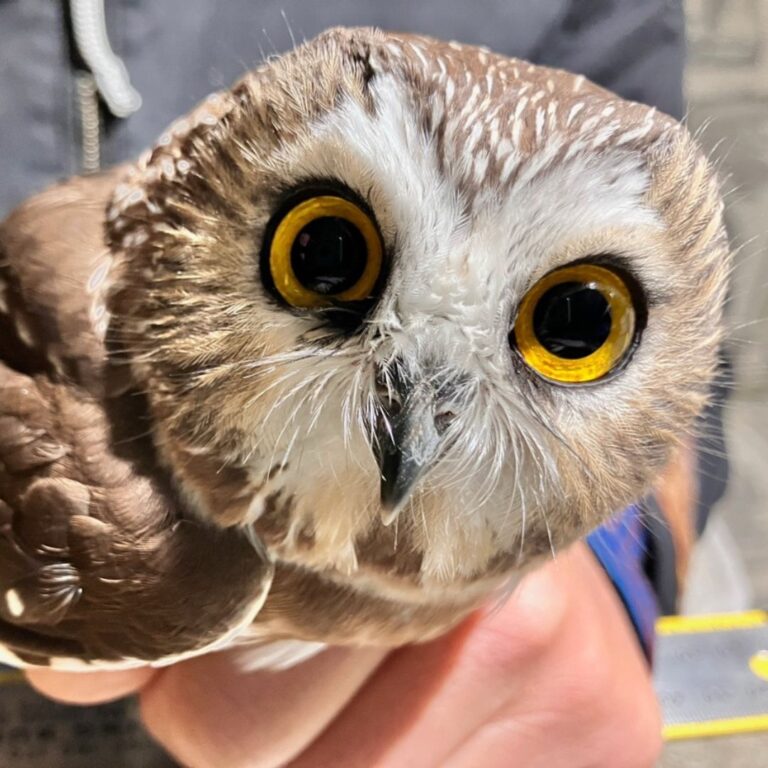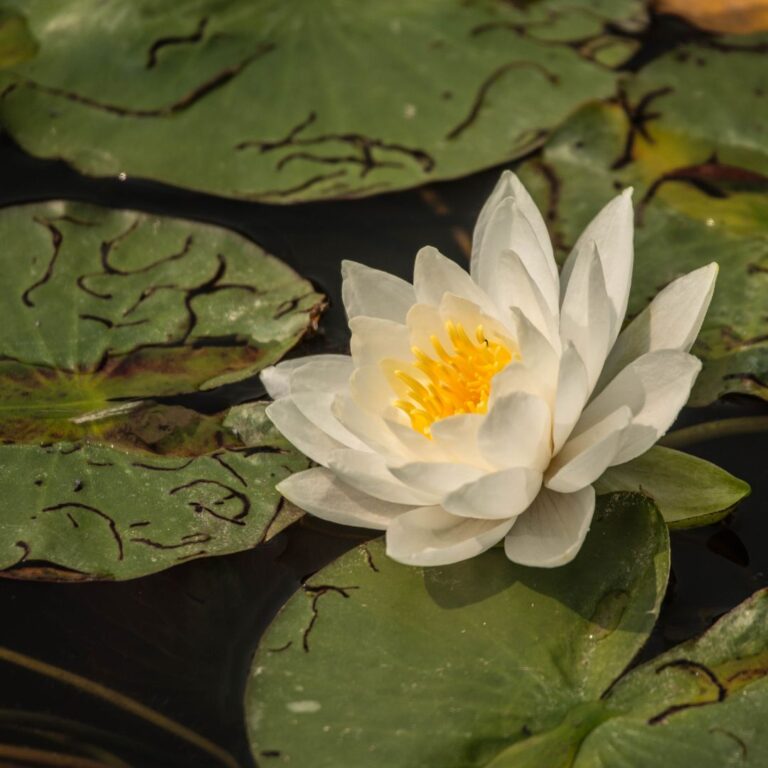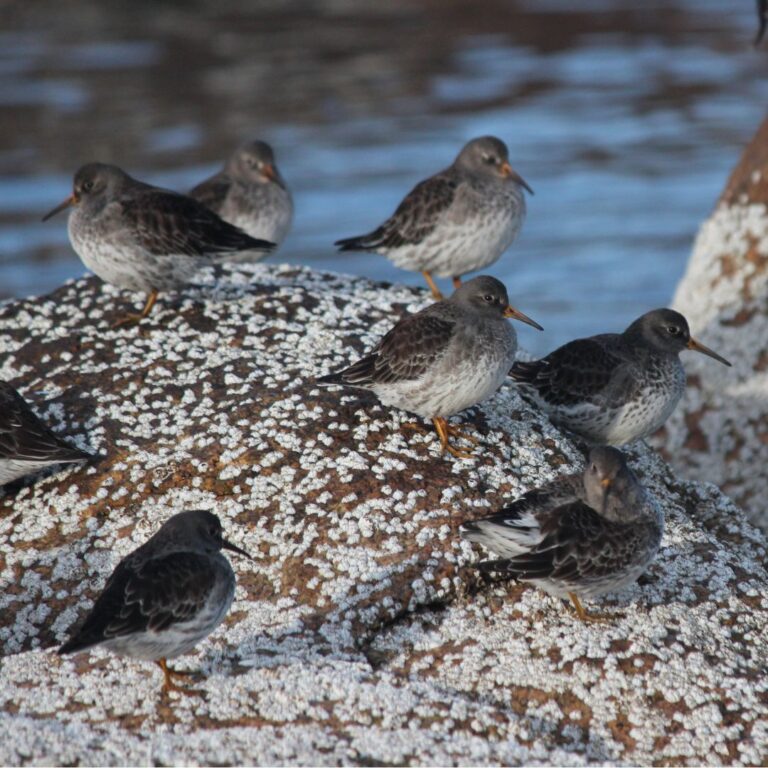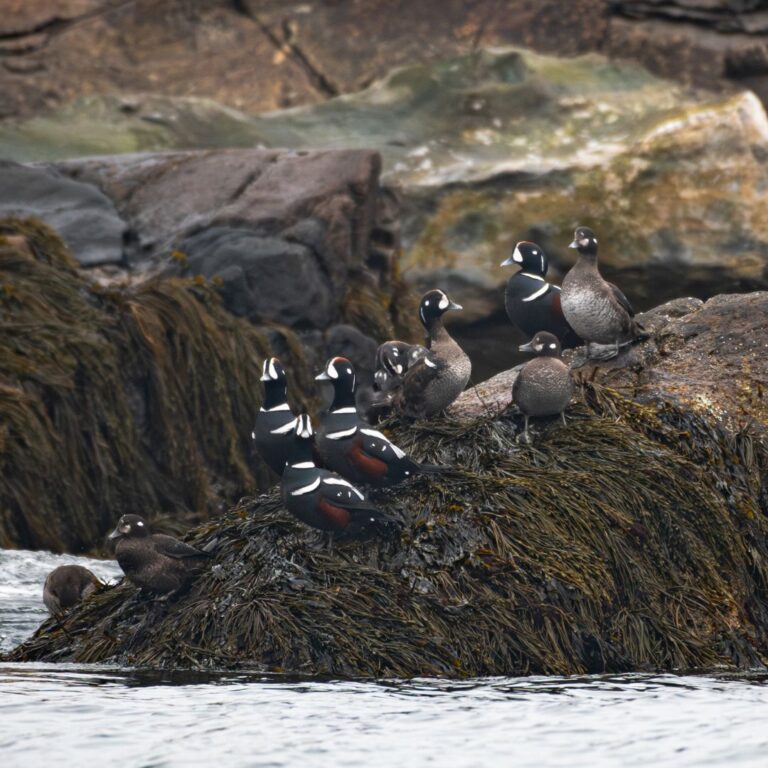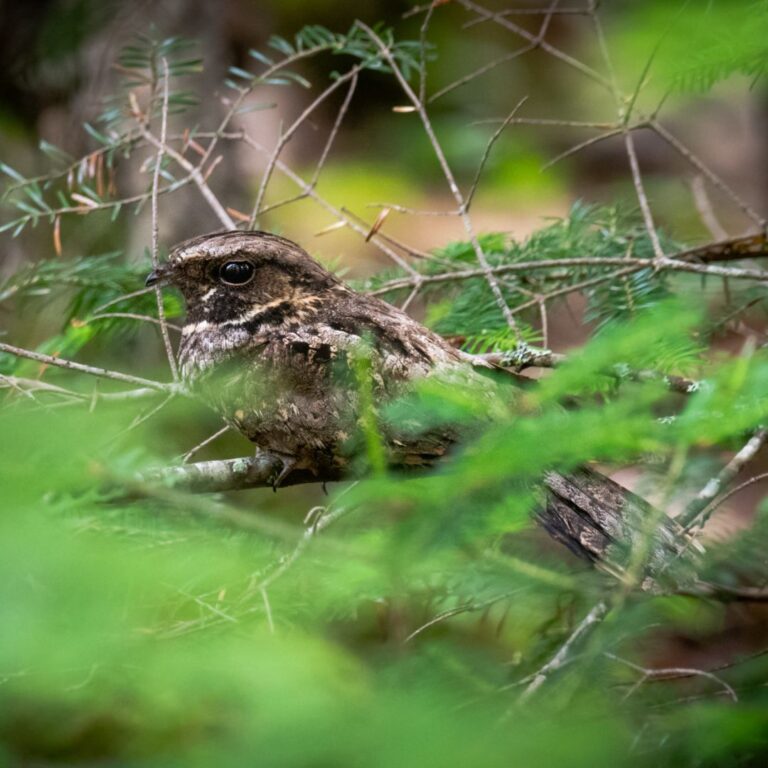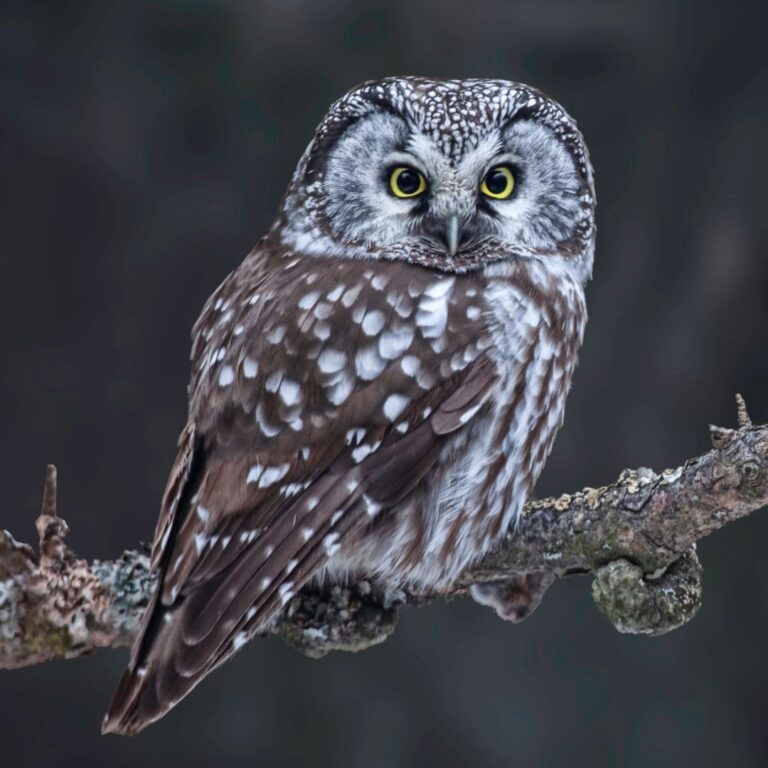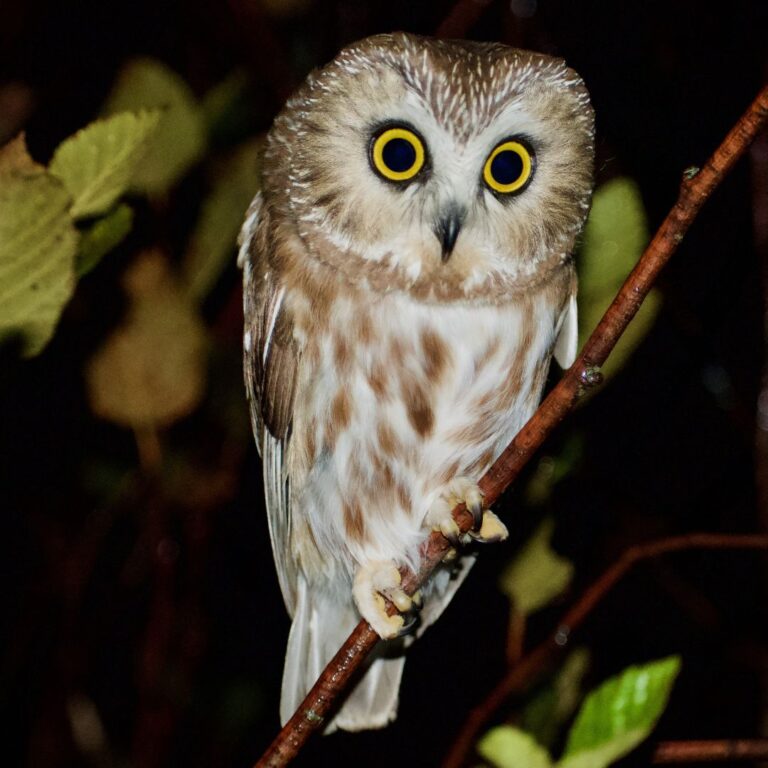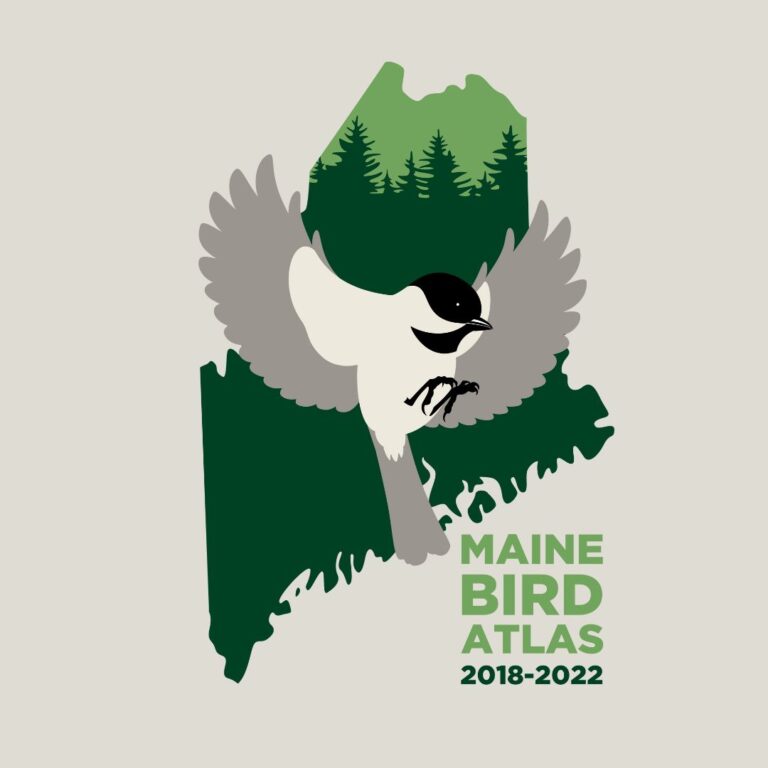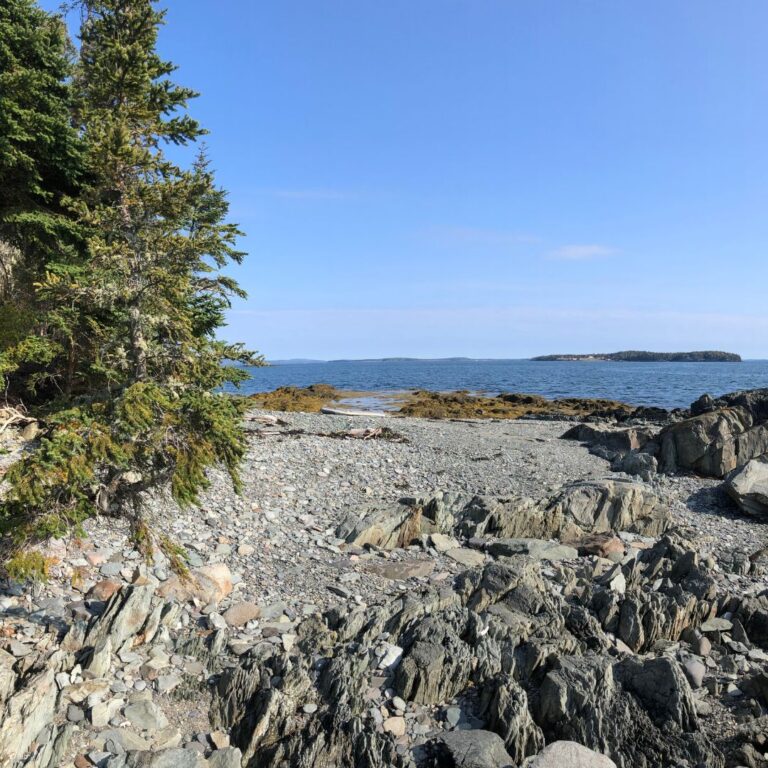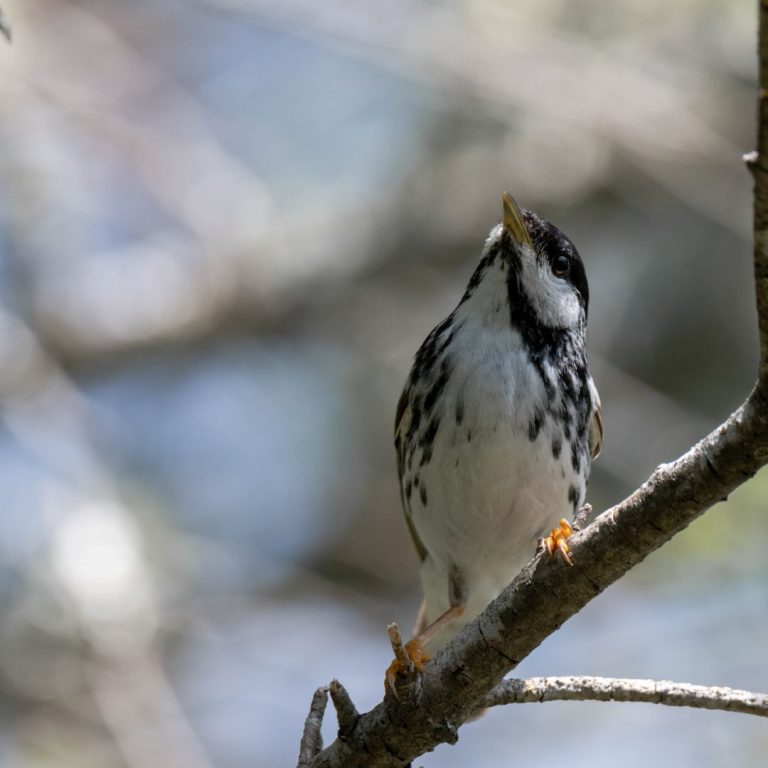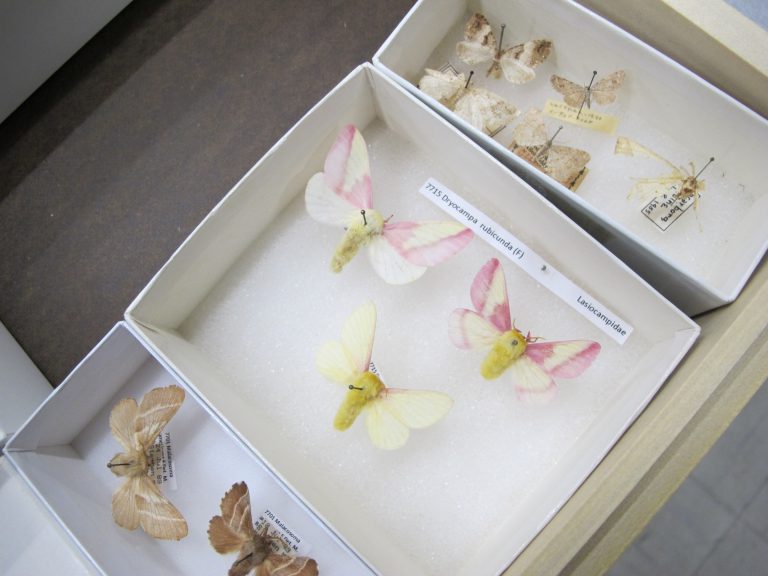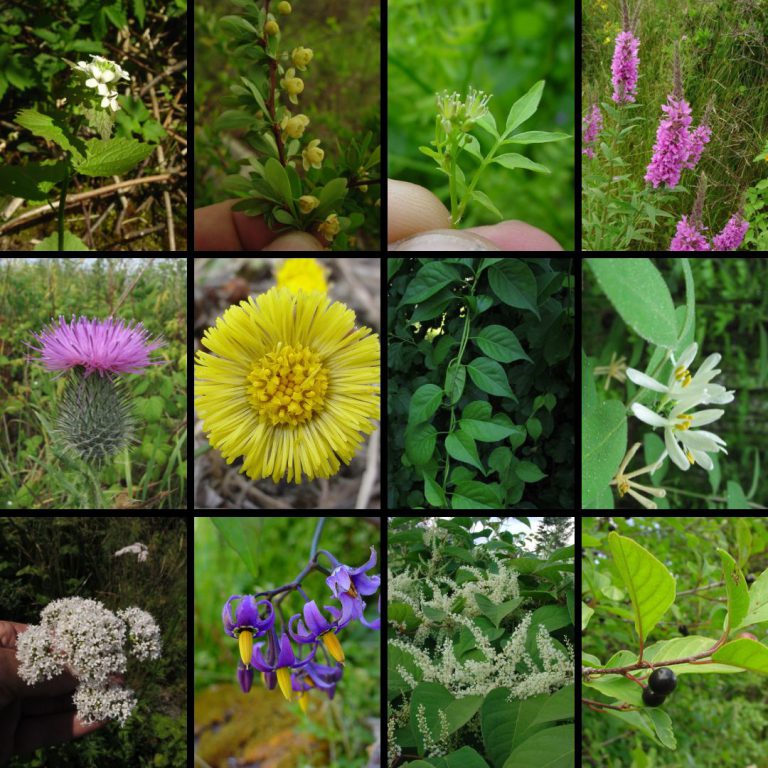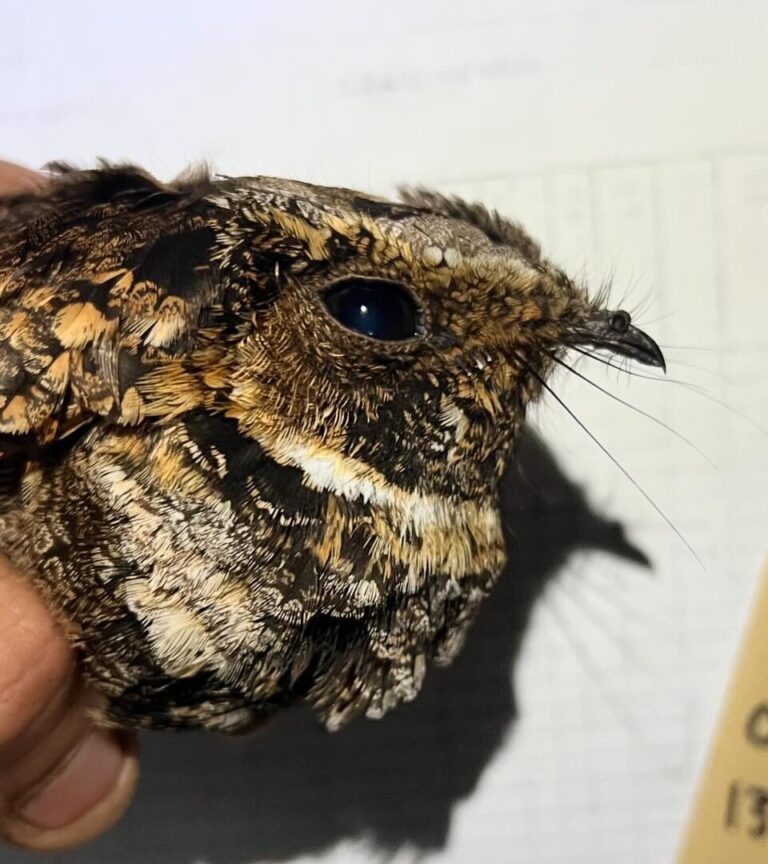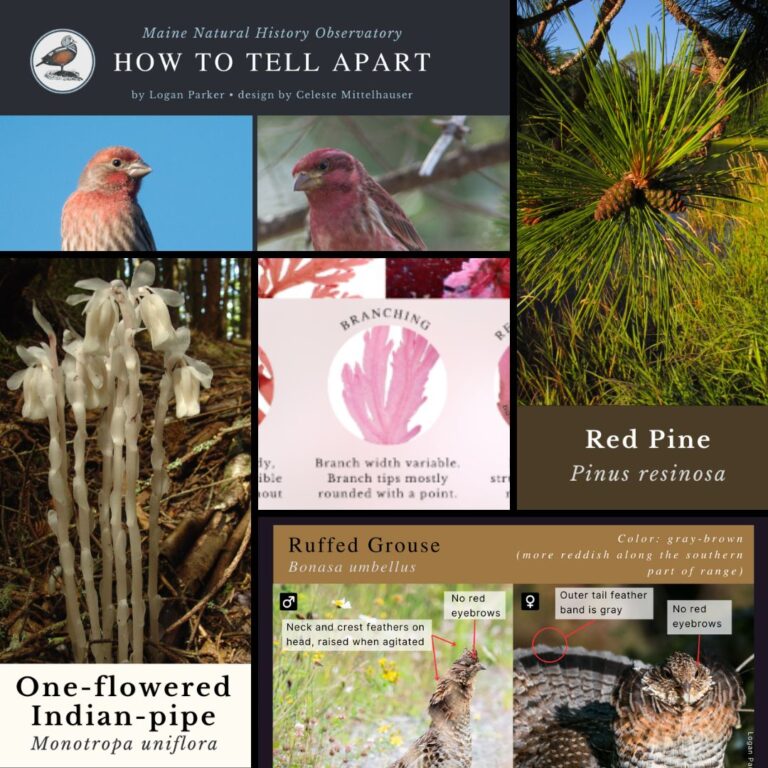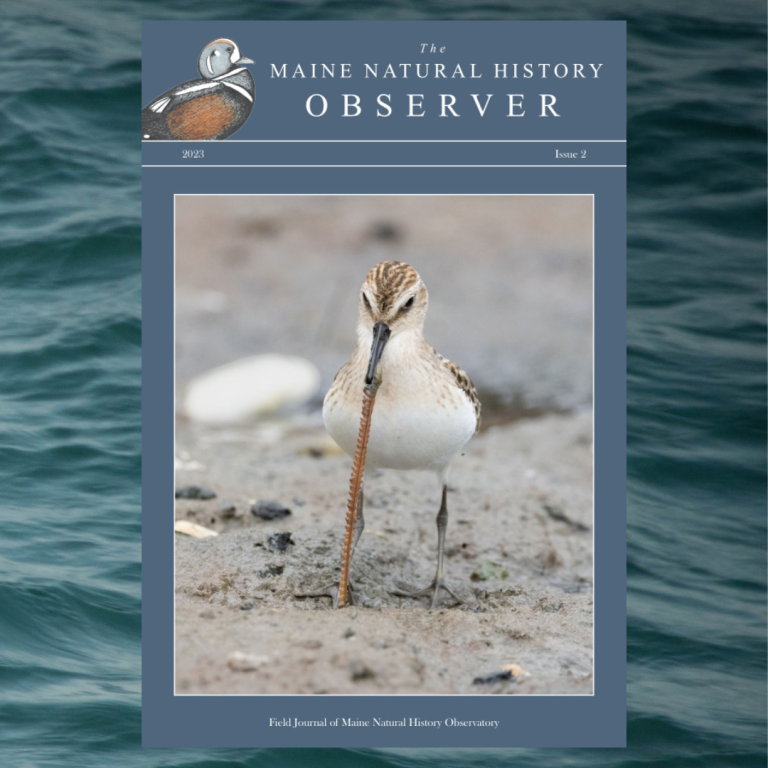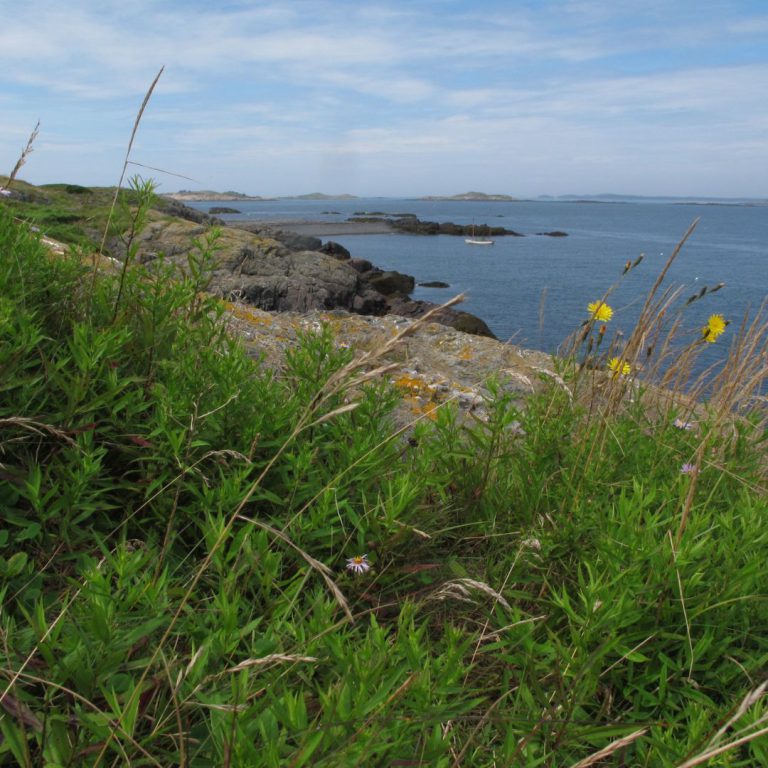Putting researchers in the field, publishing field guides,
and managing historic specimen archives since 2003

FALL MEMBERSHIP DRIVE
Help MNHO continue to make free natural history education tools and archive data for future generations!
Before December 15th, become an MNHO member, renew your membership, or give an additional gift to help ensure that local, independent natural science research remains strong in Maine
-
Crab Apples (Malus sieboldii, Malus baccata, & Malus prunifolia)
by Glen Mittelhauser
-
Seaweed Map
An interactive map to explore the distribution of seaweed species in Maine.
-
Nature Notes: A Maine Naturalist Afield
A 5-minute, spoken-word program produced by MNHO staff that discusses Maine natural history topics.
-
The Fall Issue of the Observer has been Published!
Wild bees, sandpipers, amphipods, snow buntings, and more!
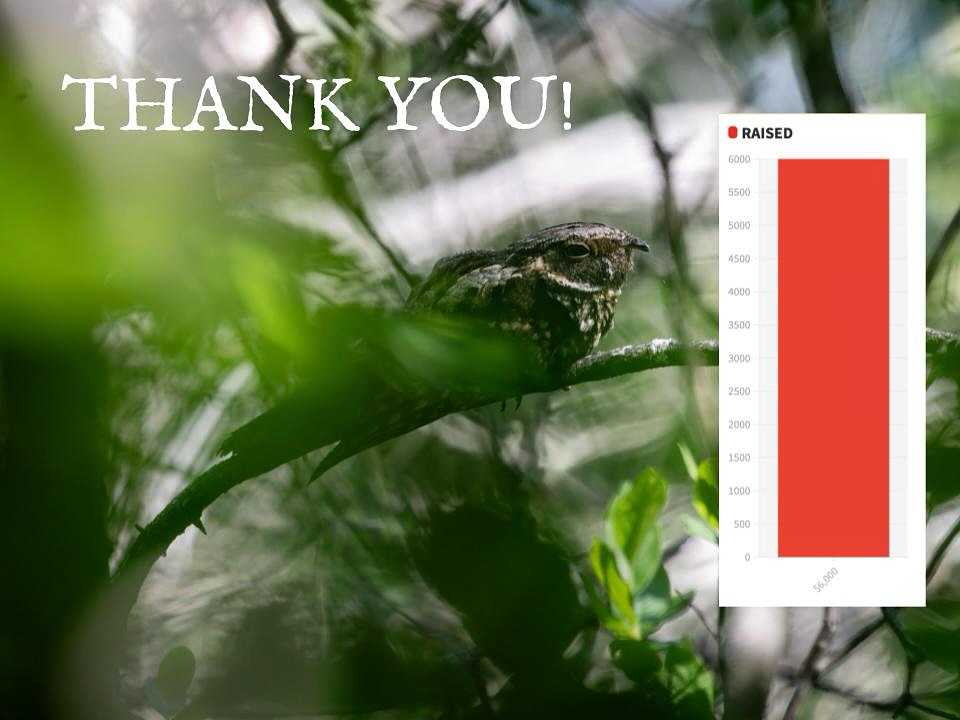
NOVEMBER FUNDRAISER
The Motus antenna fundraiser
to track Nightjars was a success!
We met our November fundraising goal! Thanks to your generous support, we will be deploying a new Motus receiver station this spring to gather additional insights on Maine’s nightjars. Thank you to everyone that contributed to this campaign and all those who have supported this project’s development over the years!

Saw-whet Owl GPS Tag Fundraiser was a Success!
We exceeded our spring fundraising goal! Thanks to your generous support, the GPS tags will be deployed this year. Stay tuned! We will share live updates of the owls’ locations on the MNHO website, allowing you to follow their journey in real-time.

SPRING FUNDRAISER
Help Solve the Mysteries of Northern Saw-whet Owl Ecology in Maine!
Your gift by May 15th will help us purchase three GPS tags, which will provide us with the precise, real-time data we need to answer questions that are crucial to our understanding of Saw-whet ecology and the conservation of the species.
Featured Project Updates
-
MNHO will be at the Common Ground Fair from September 20-22!
17 September 2024 We’re excited about attending the upcoming Common Ground Country Fair from September 20-22! If you are going to be there, come and say hello to us in the Environmental Concerns tent. We’ll be offering a special Fair rate ($5 off) to folks becoming first-time MNHO members and we’ll be selling used books about all things natural history […]
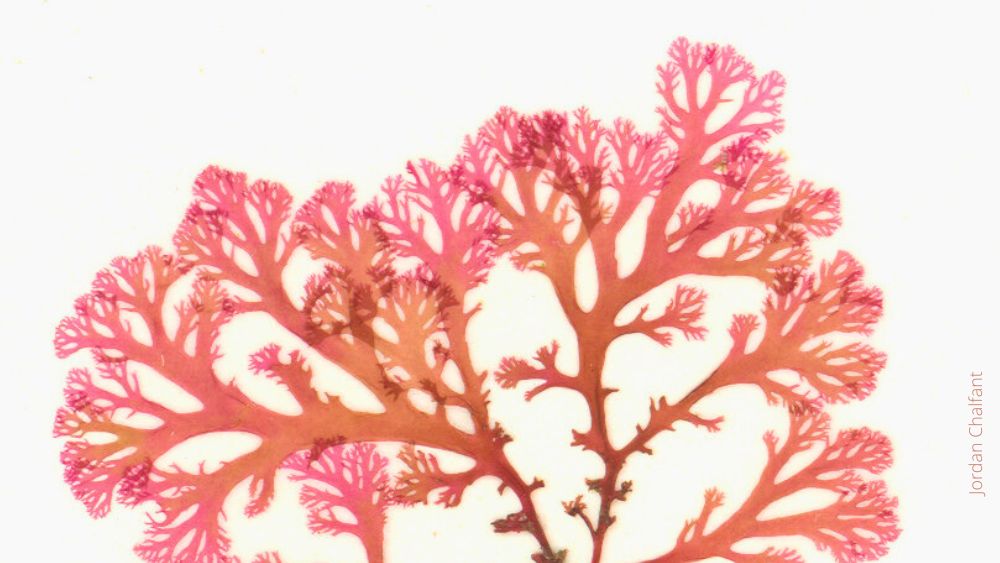
Join MNHO today
Learn about Maine species, support our work, and enjoy exclusive content and benefits.
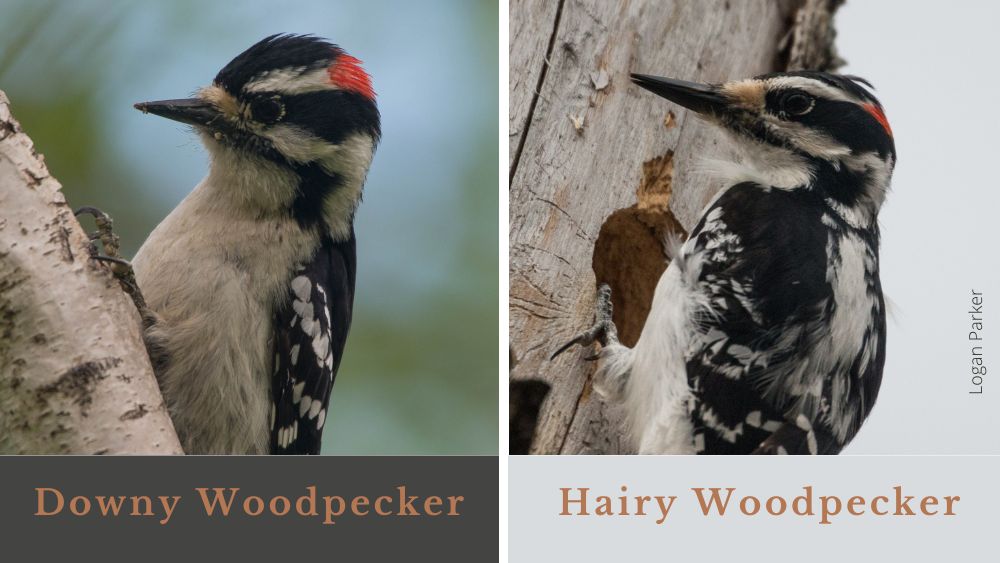
Free Mini-Guides
Specially designed for beginning and intermediate naturalists, these mini-guides distill the decades of experience that enable professional naturalists and biologists to recognize a species by observing just a few key characteristics.
Projects
Tools & Resources
-
Whip-poor-will Tracking Project
Whip-poor-will Migration Map Use the bar at the bottom of the map to navigate through time. Click the bird names to filter the map. Pause the playback and click the bird icons to read more about each detection. Meet the 2025 Whip-poor-wills These are some of the Eastern Whip-poor-wills that were tagged in 2025. Whip-poor-will biology […]
-
Seaweed Database
A database of the available reference, voucher, and observation data of seaweed species in Maine.
-
Seaweed Map
An interactive map to explore the distribution of seaweed species in Maine.
-
Nature Notes: A Maine Naturalist Afield
A 5-minute, spoken-word program produced by MNHO staff that discusses Maine natural history topics.
-
Maine Biota Project
An interactive online resource to catalog all living species in Maine.
-
Mini Guides
Free mini-guides designed to distill the decades of experience that enables professional naturalists and biologists to recognize each species by observing a few key characteristics.
-
Observer Field Journal
An online natural history journal that features Maine-based natural history observation, musings about the natural world, reflections from amateur or professional field studies, and much more!
-
Island Plants Map
This map is the culmination of decades of Maine island vascular plant data from published lists, unpublished lists, herbarium vouchers, and the fieldwork done by Observatory staff over the last 30 years.
Photo by Logan Parker
